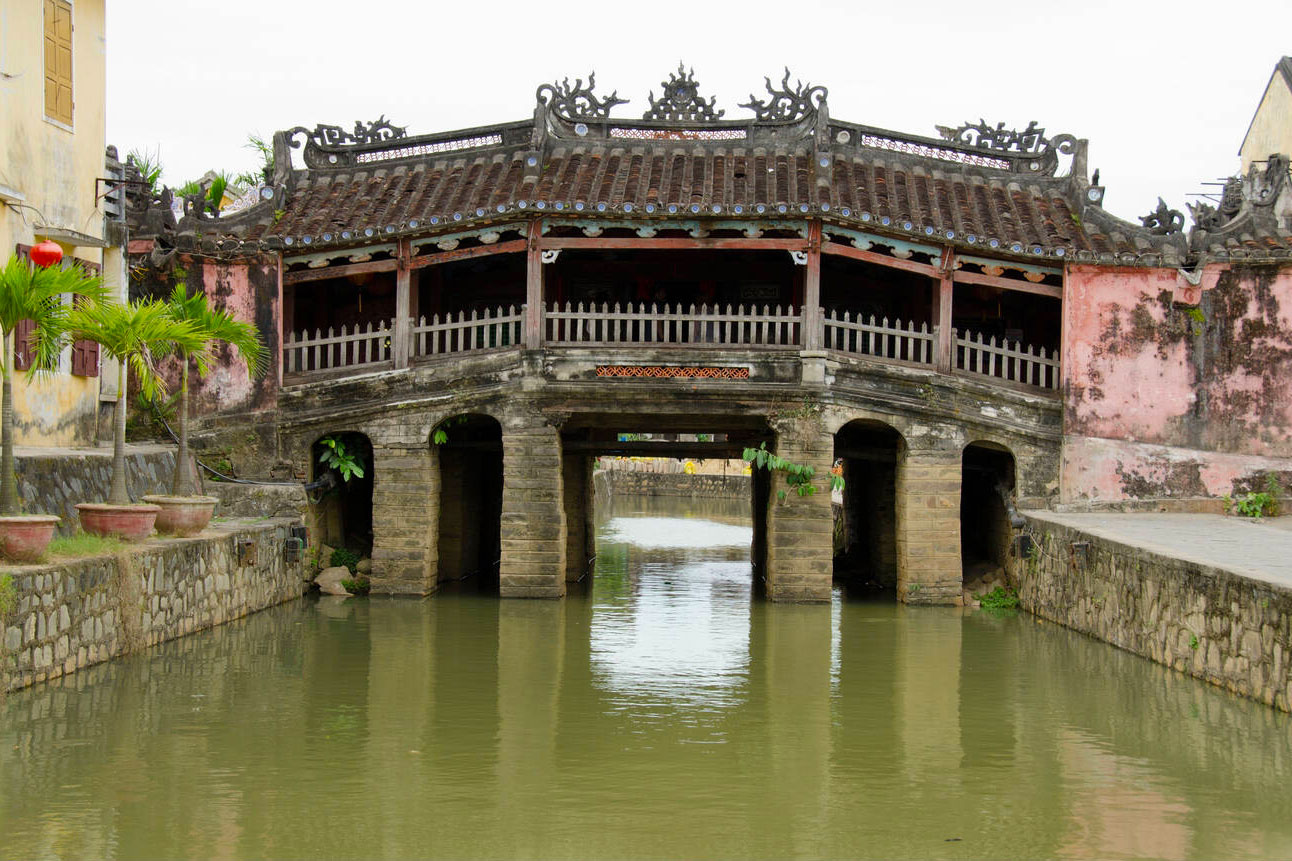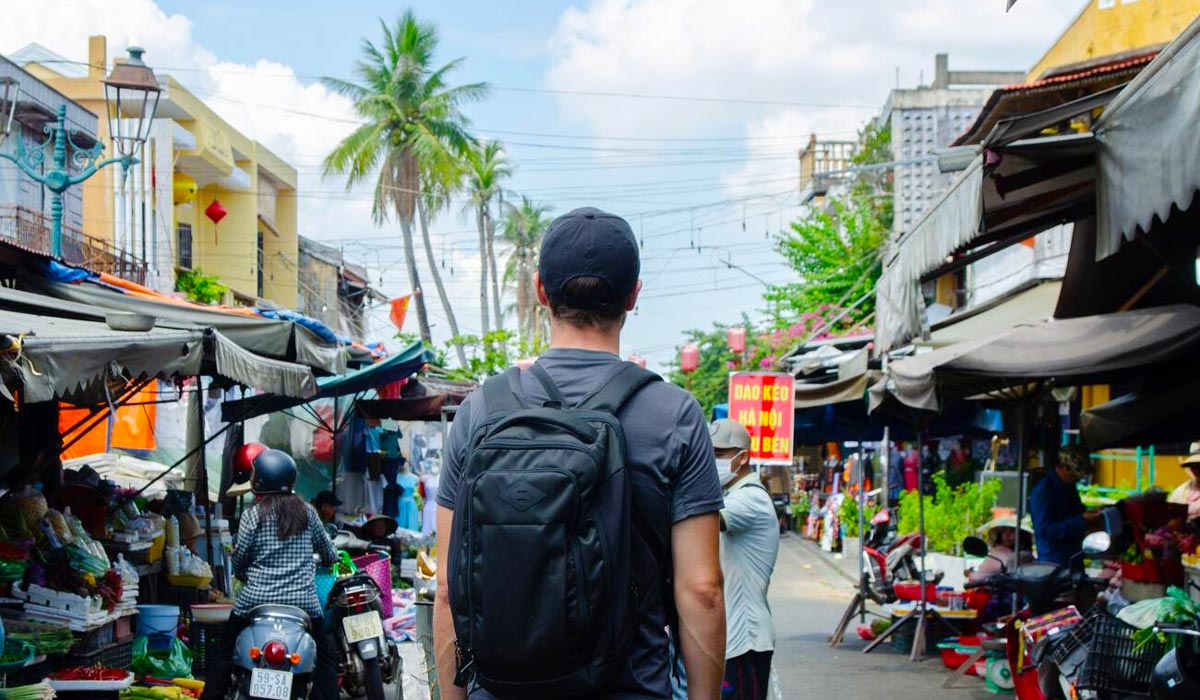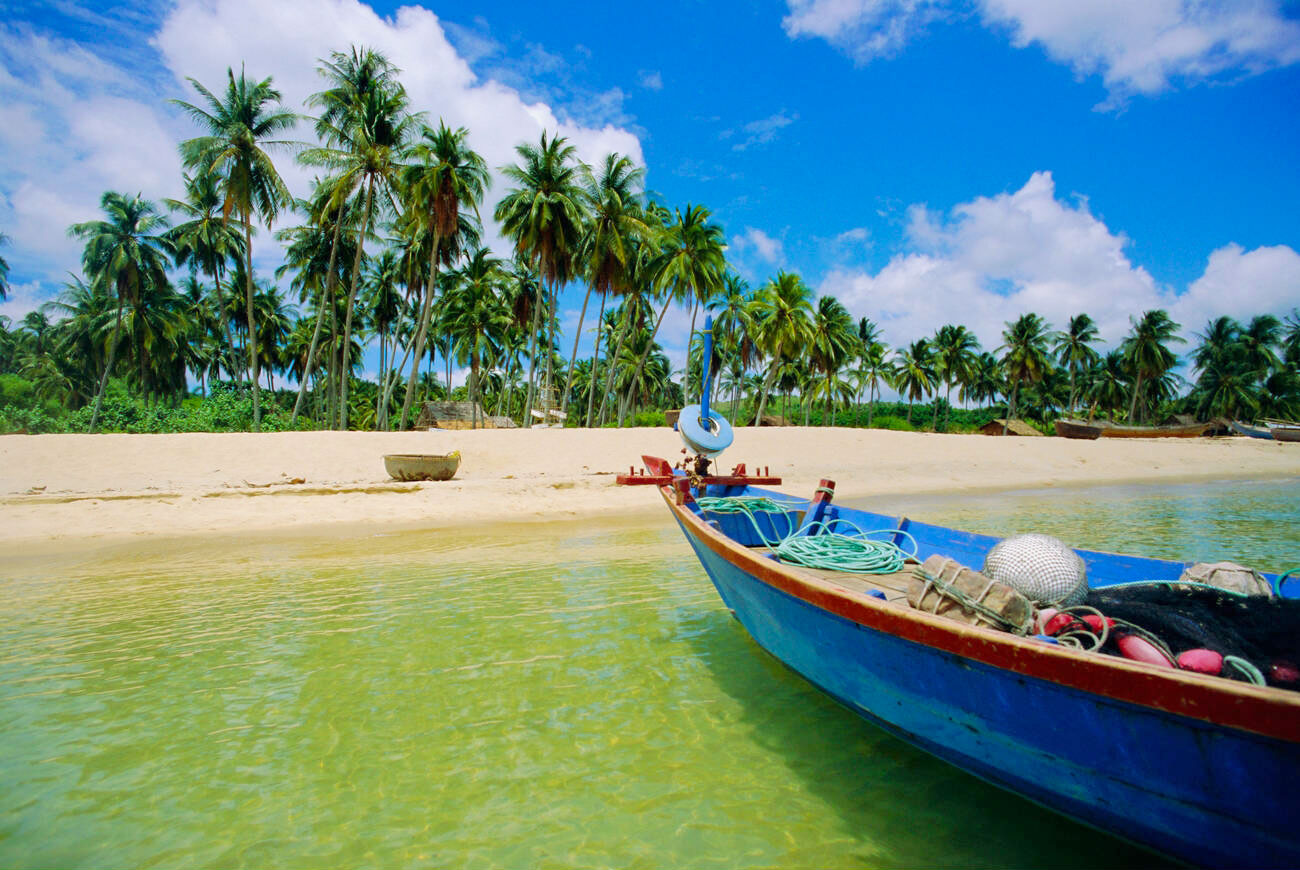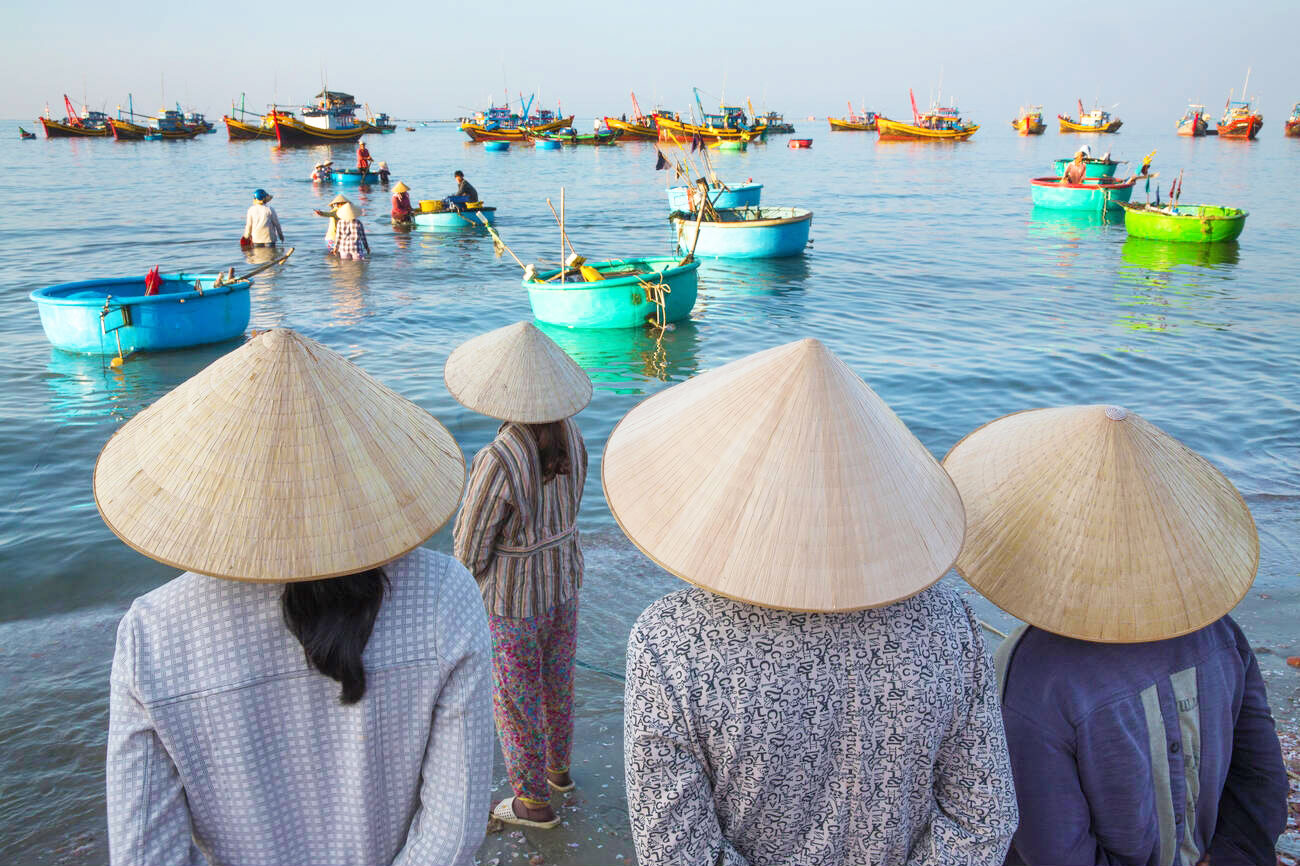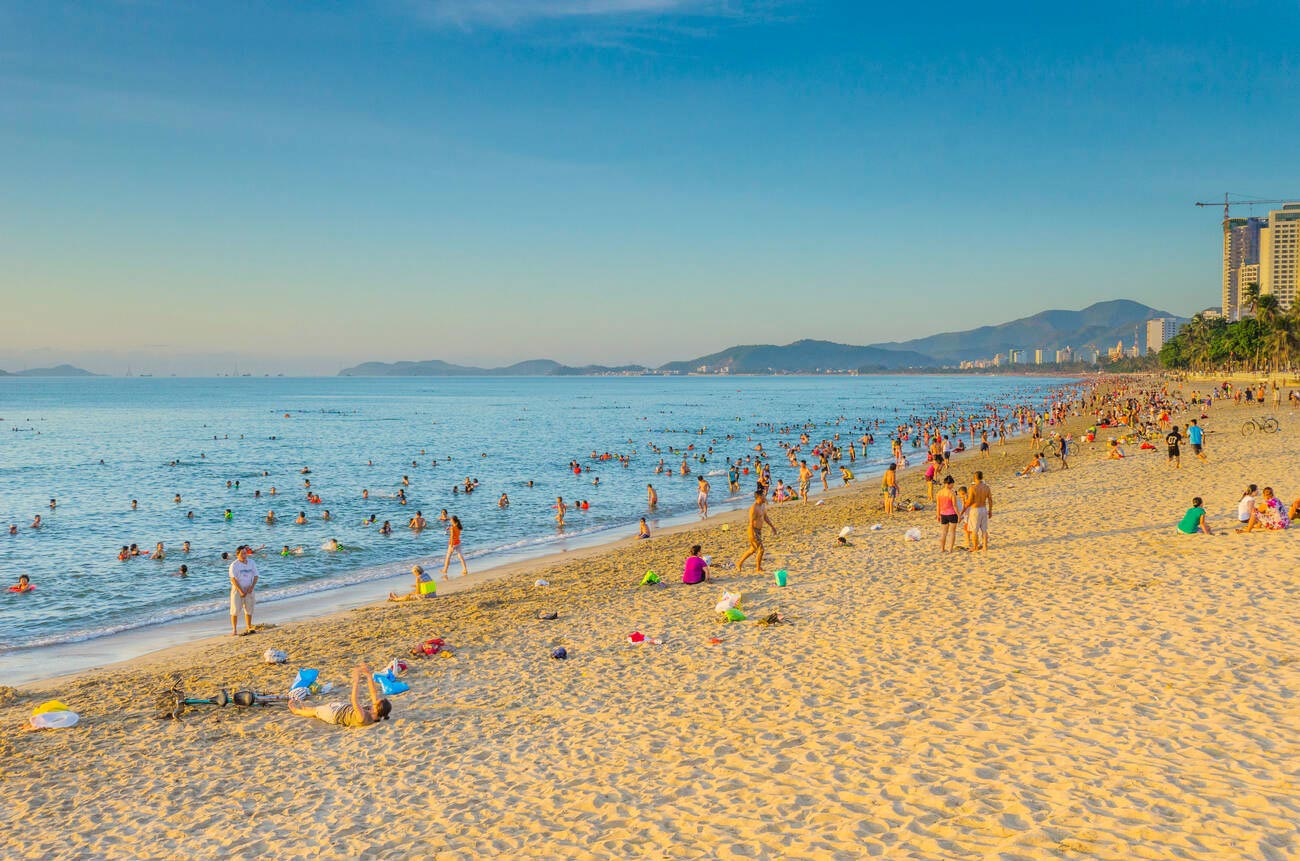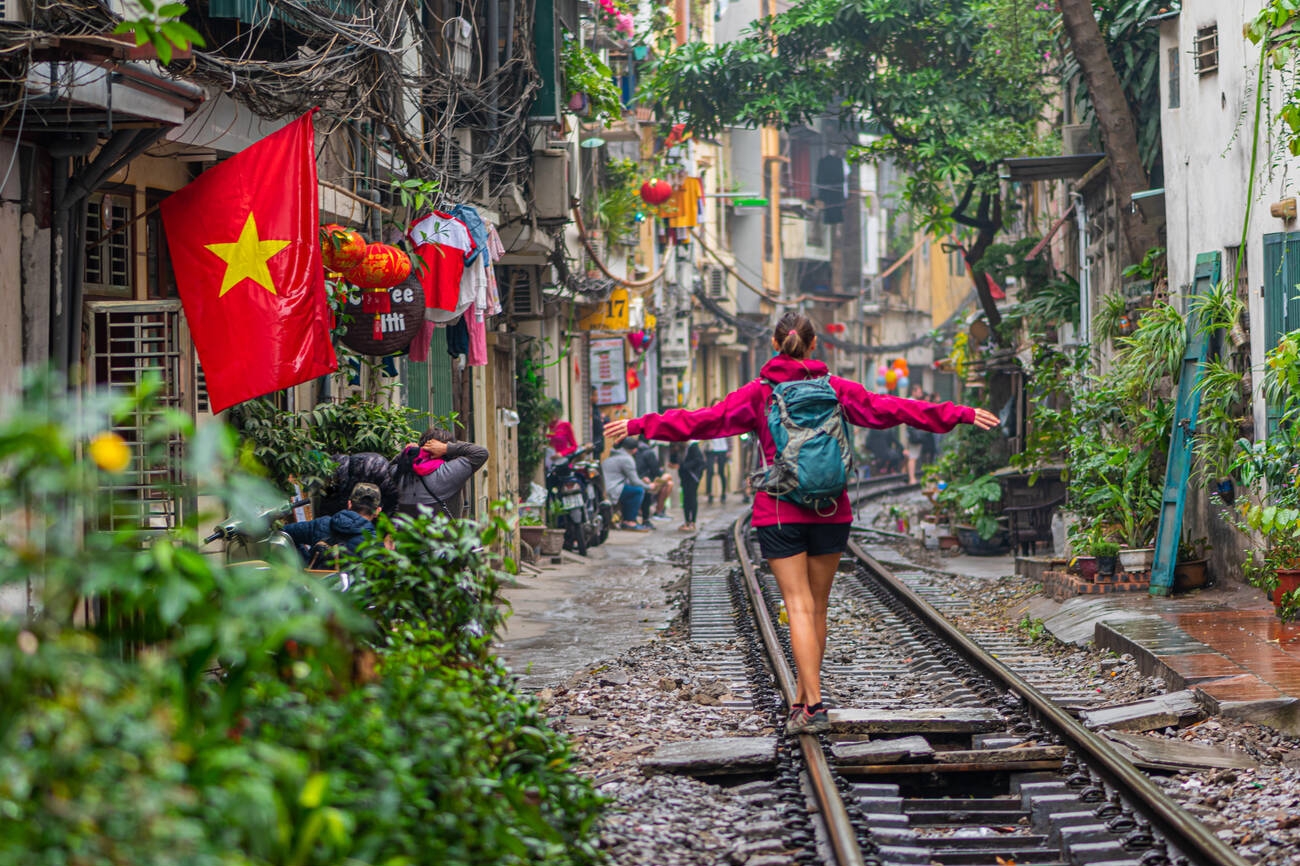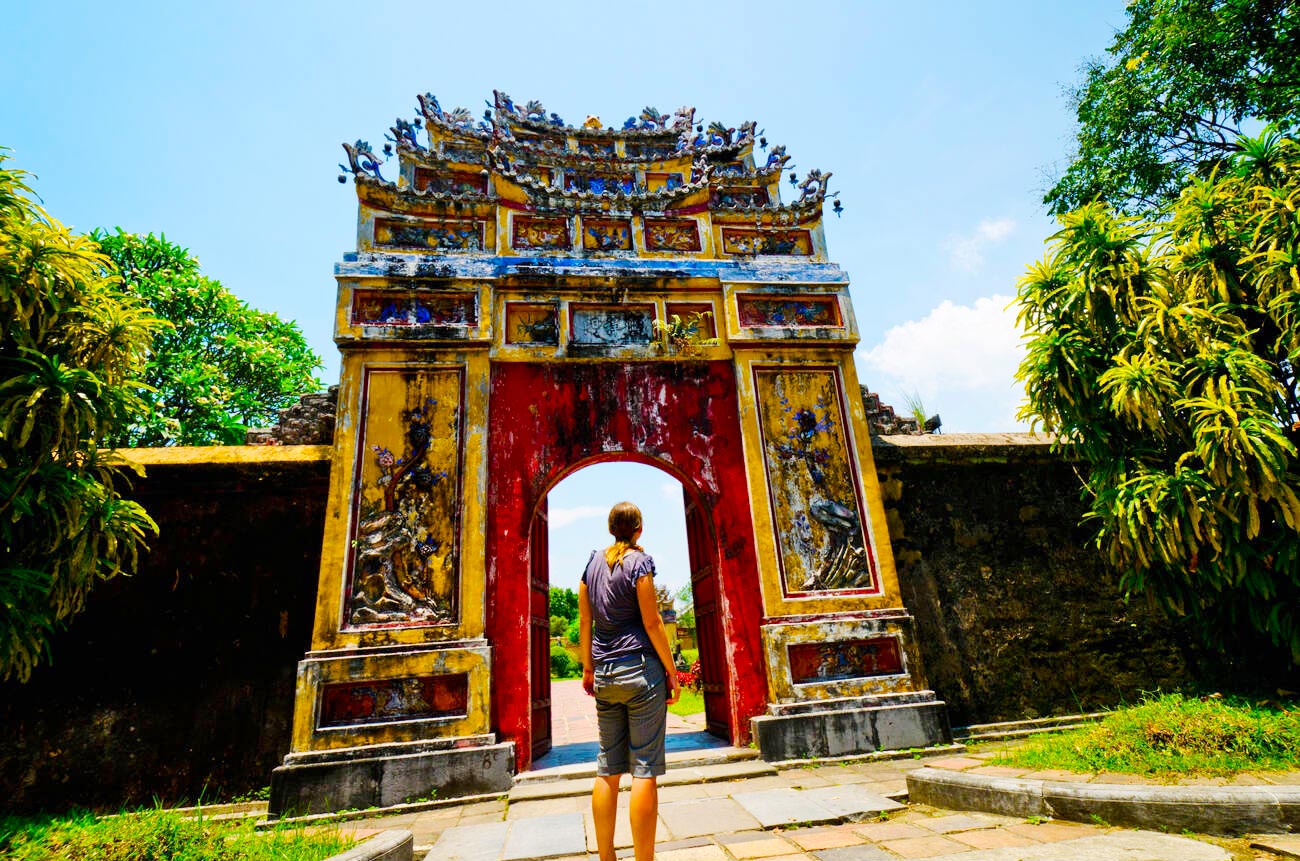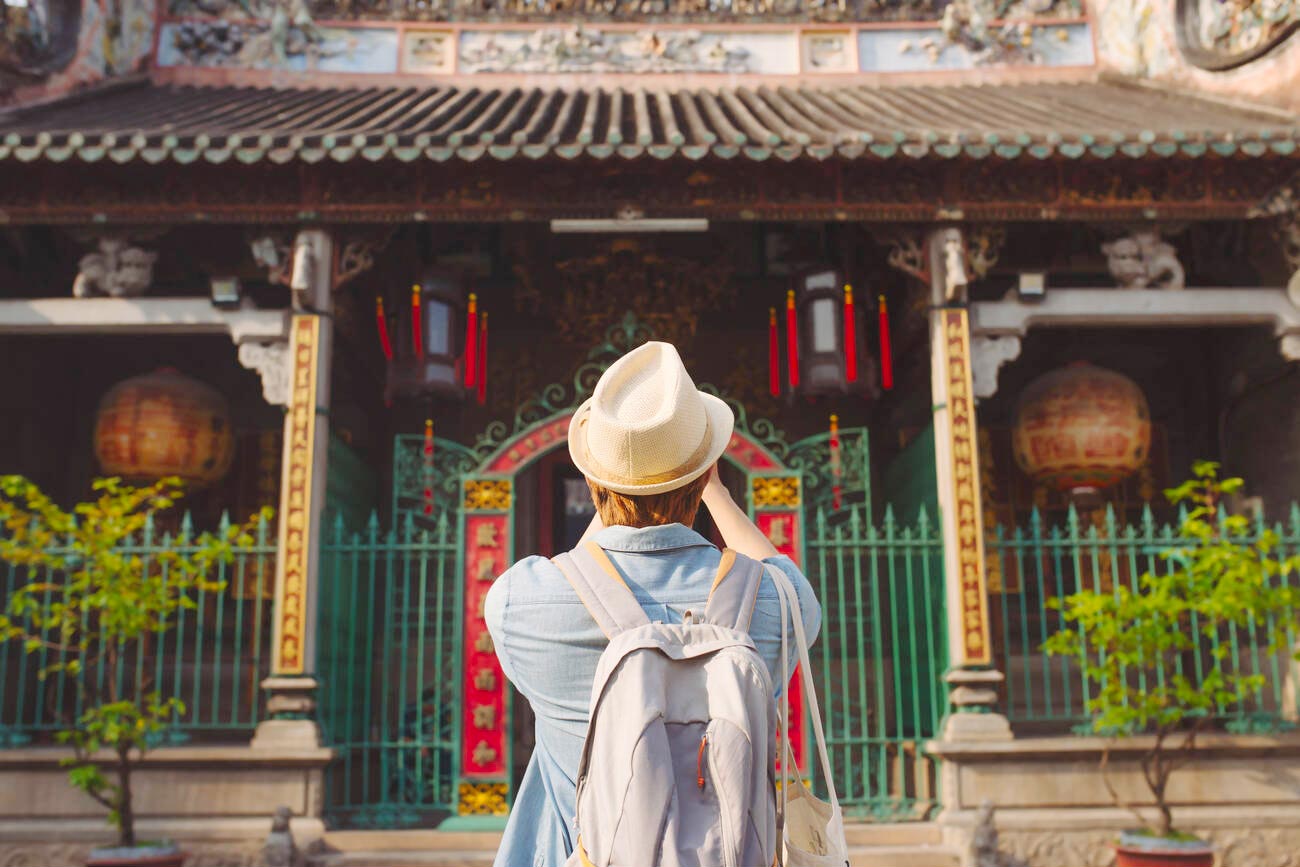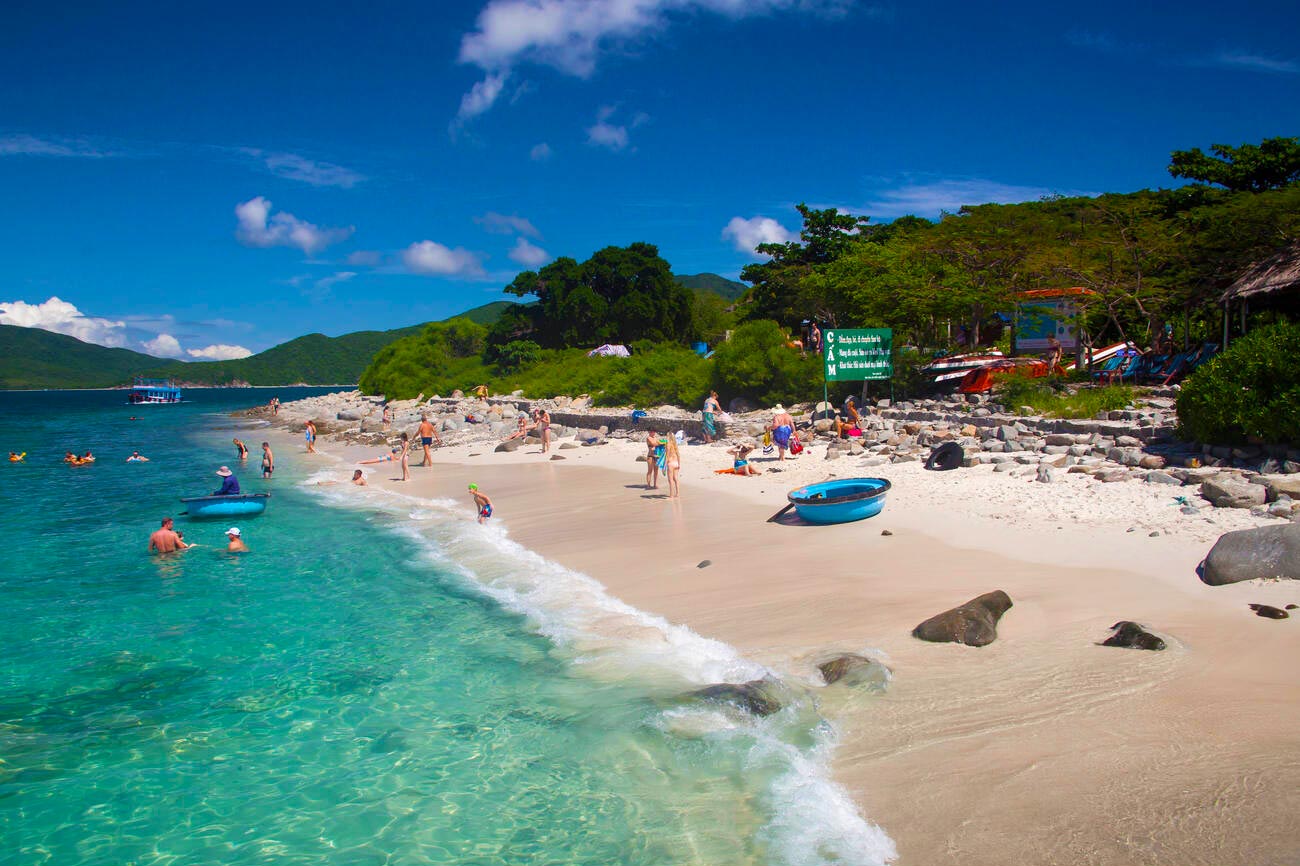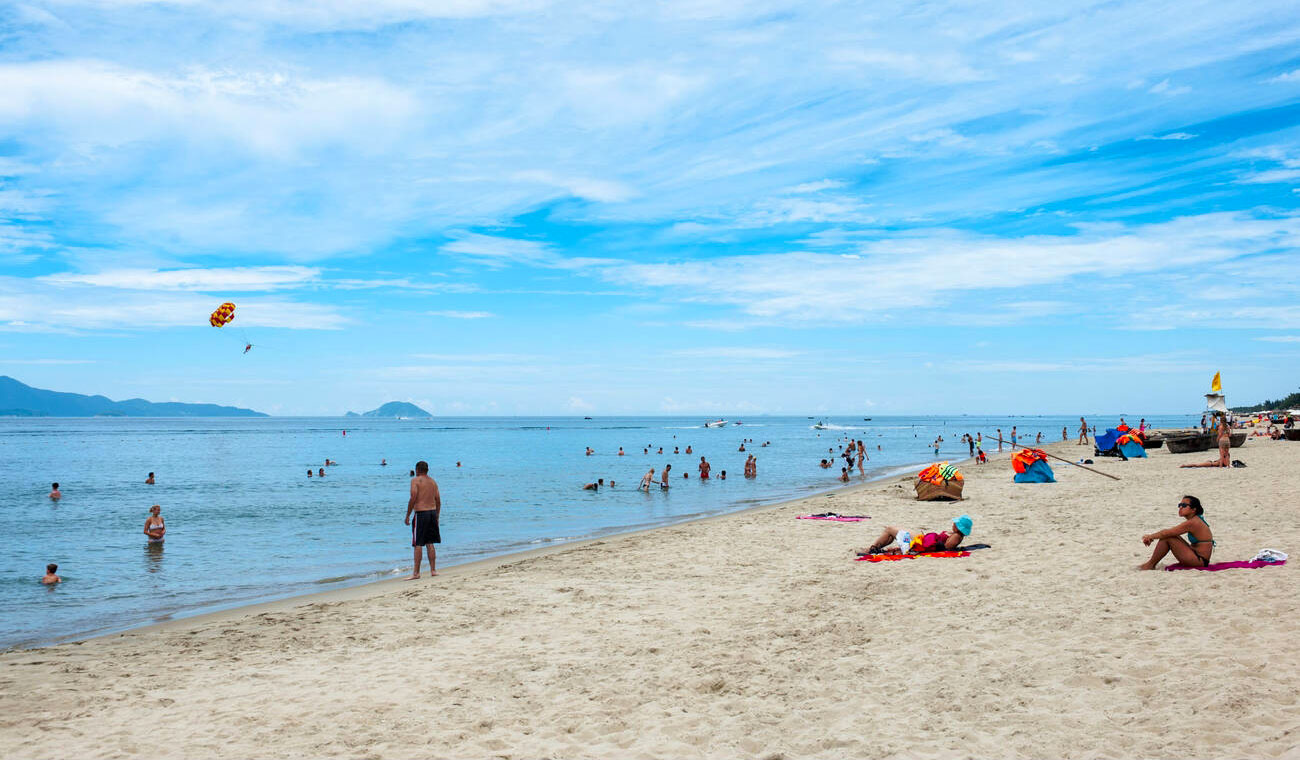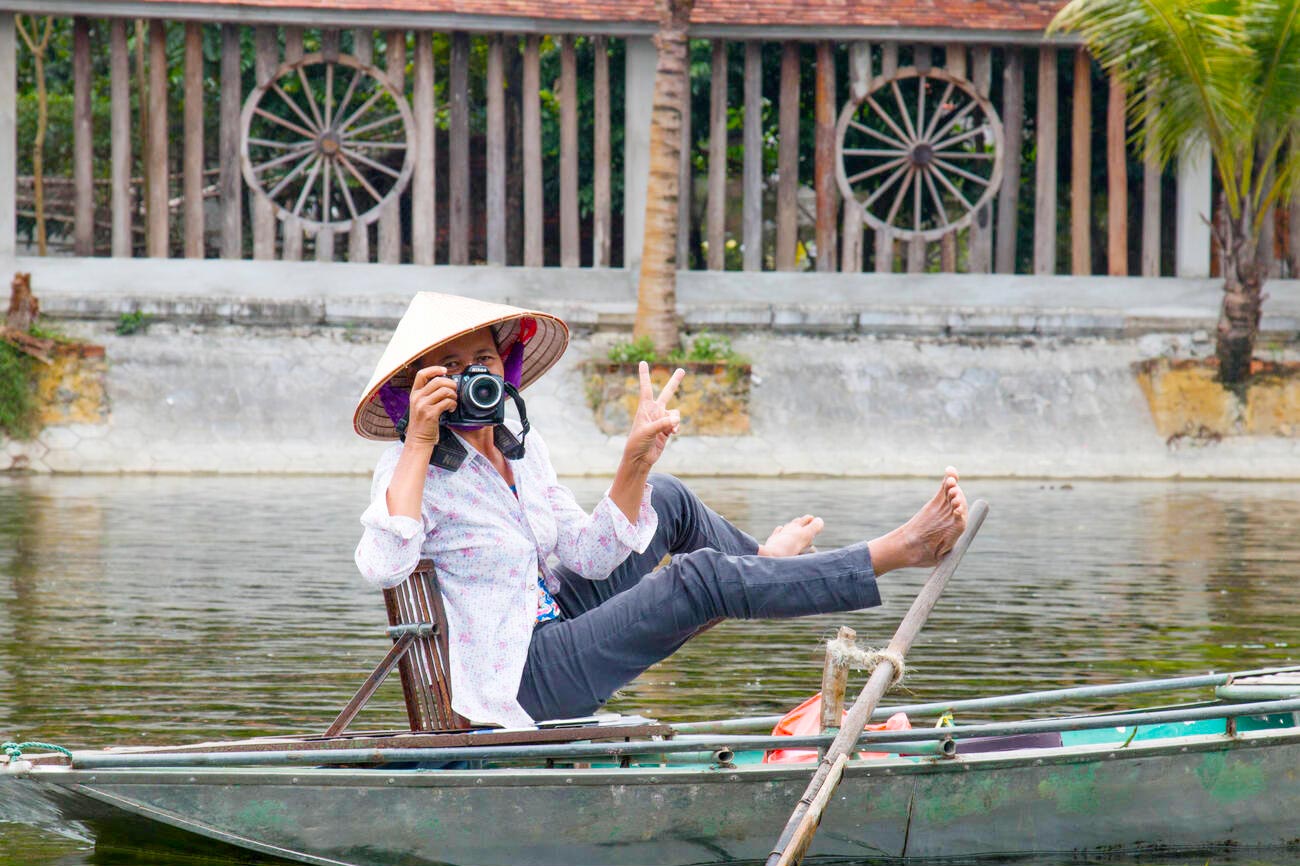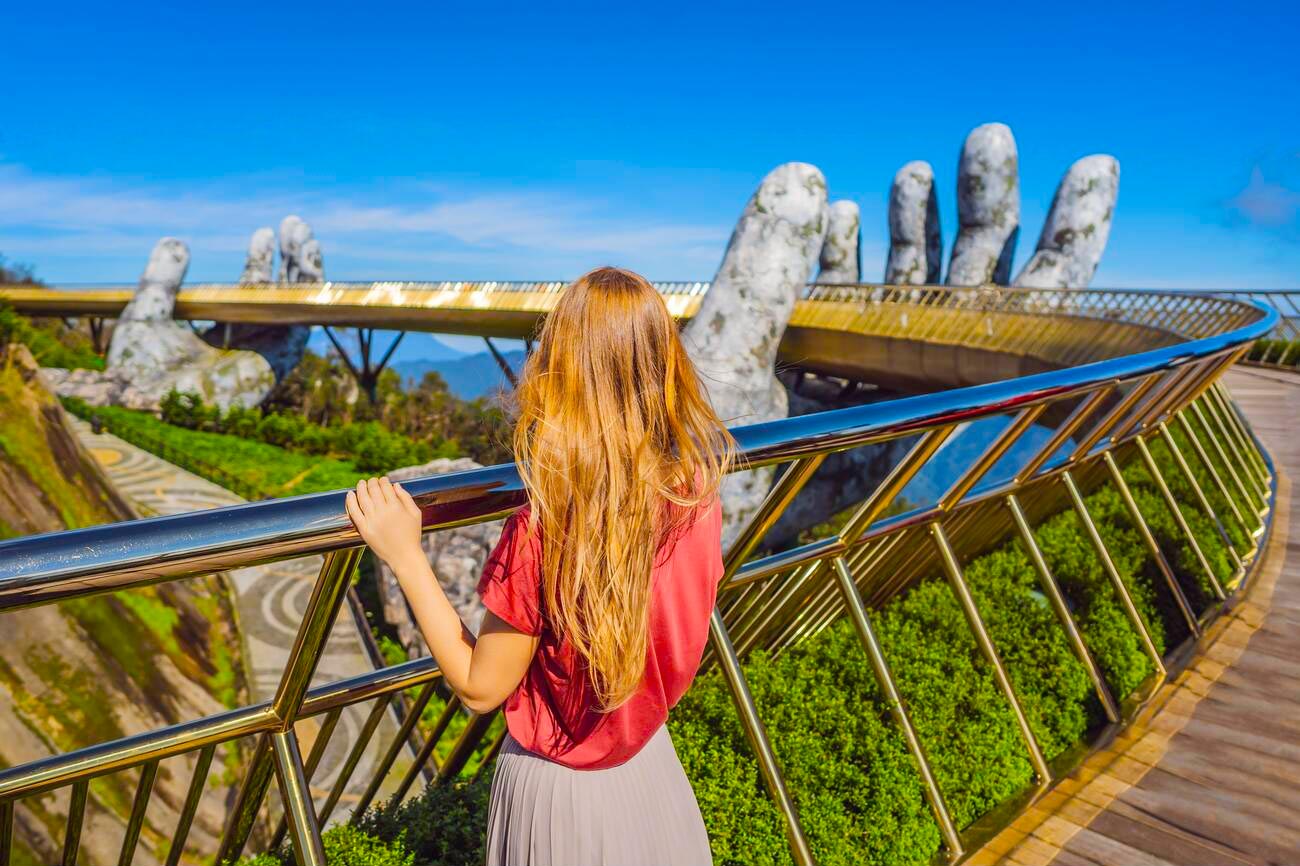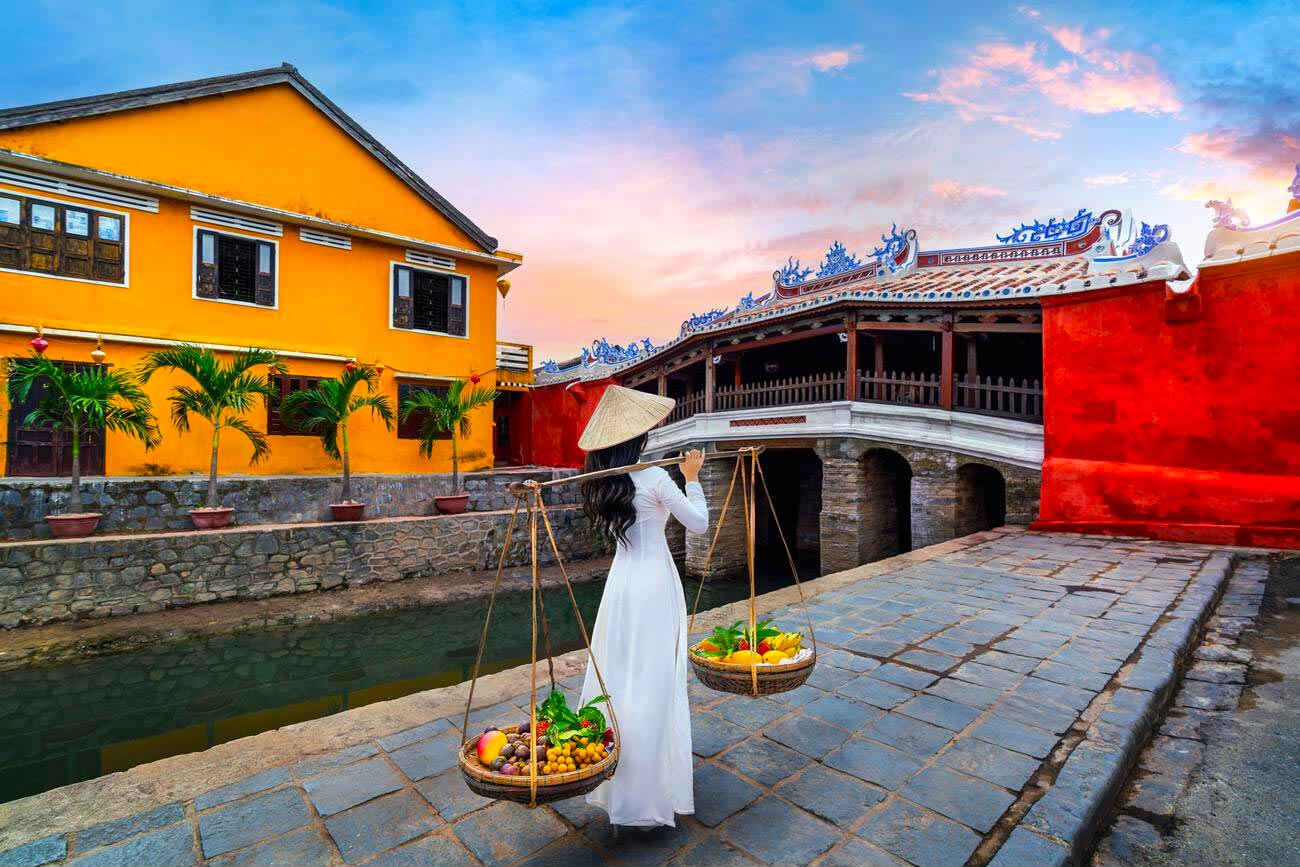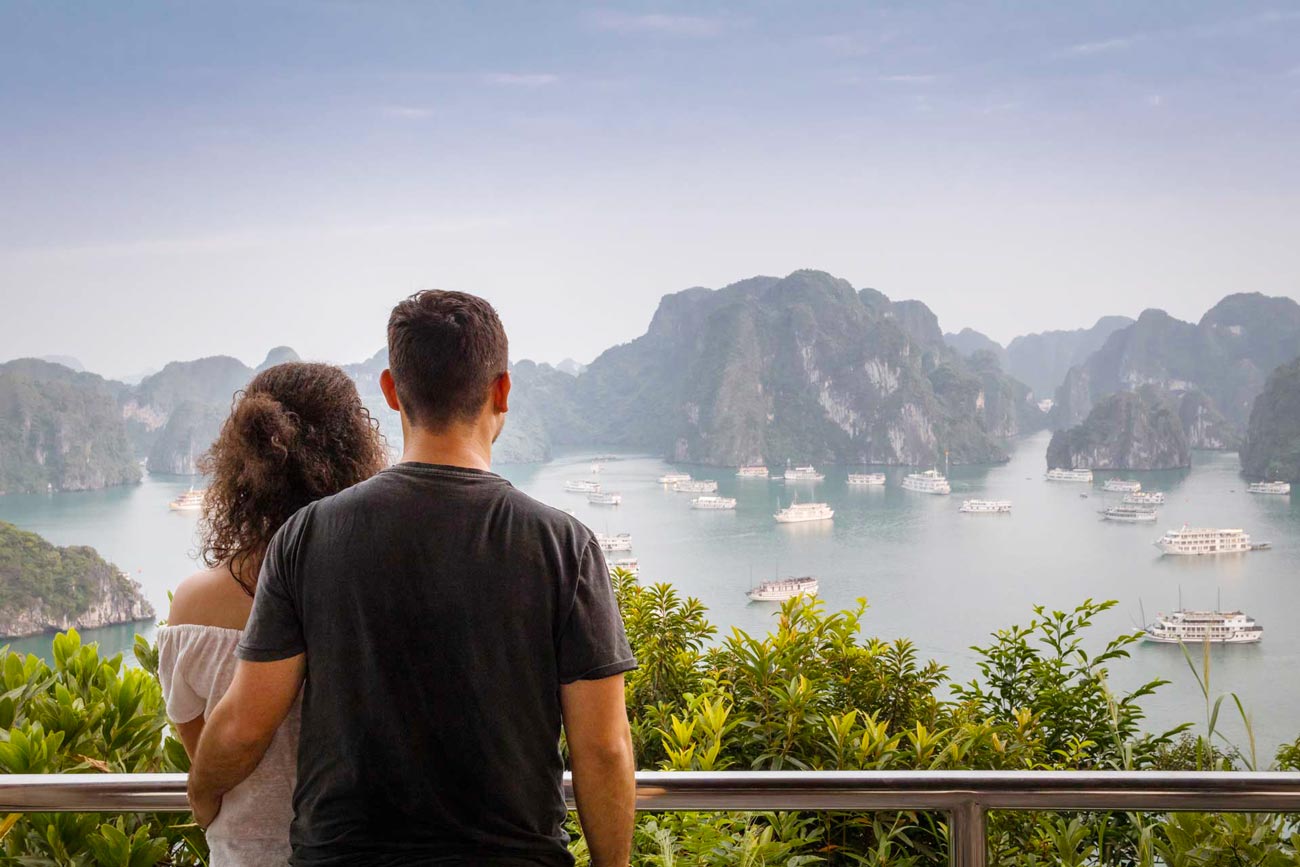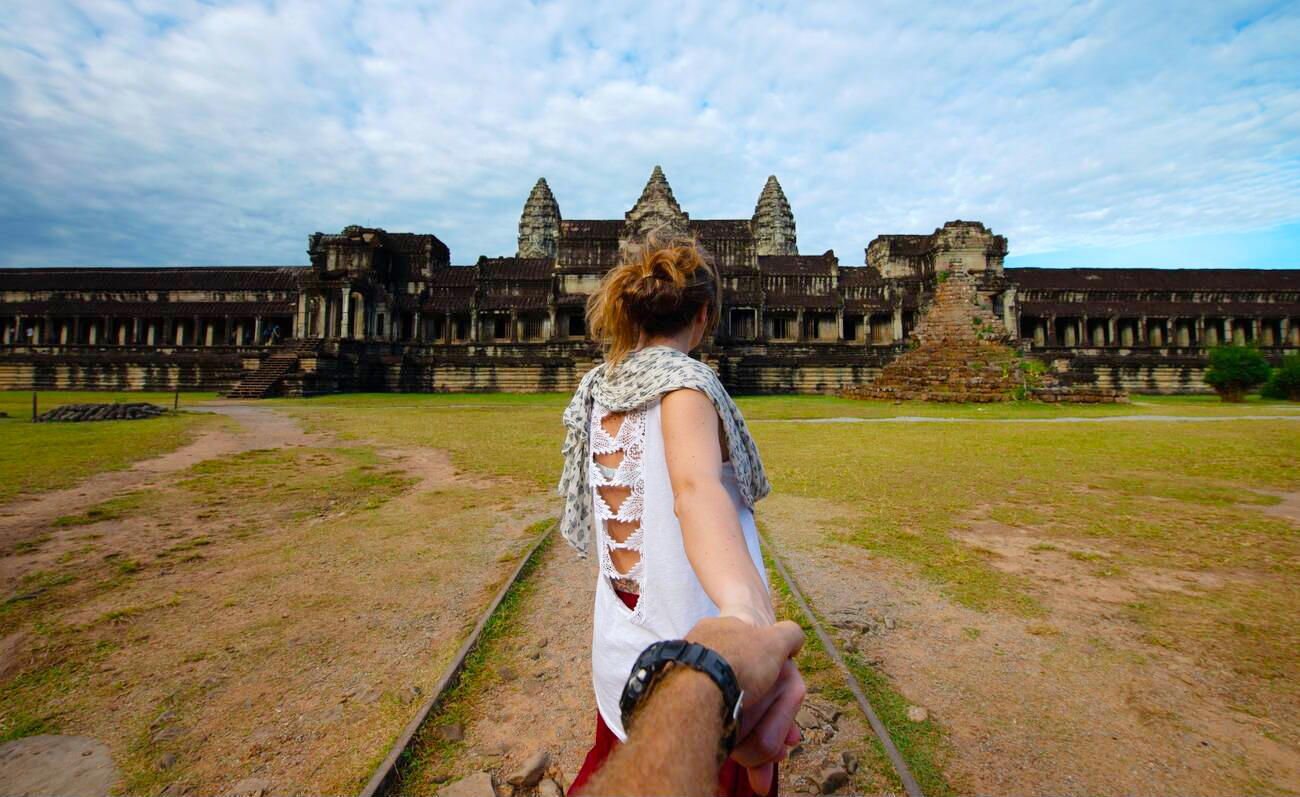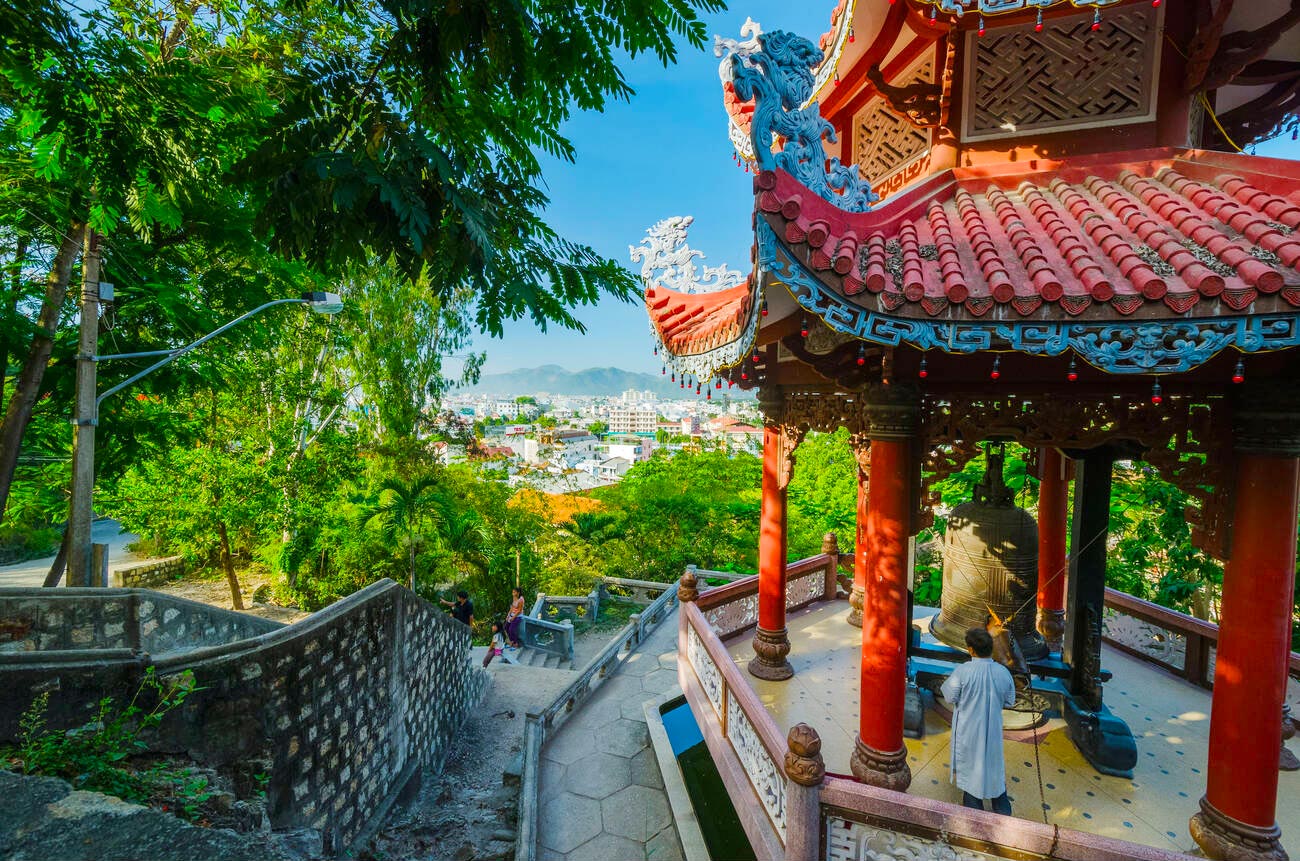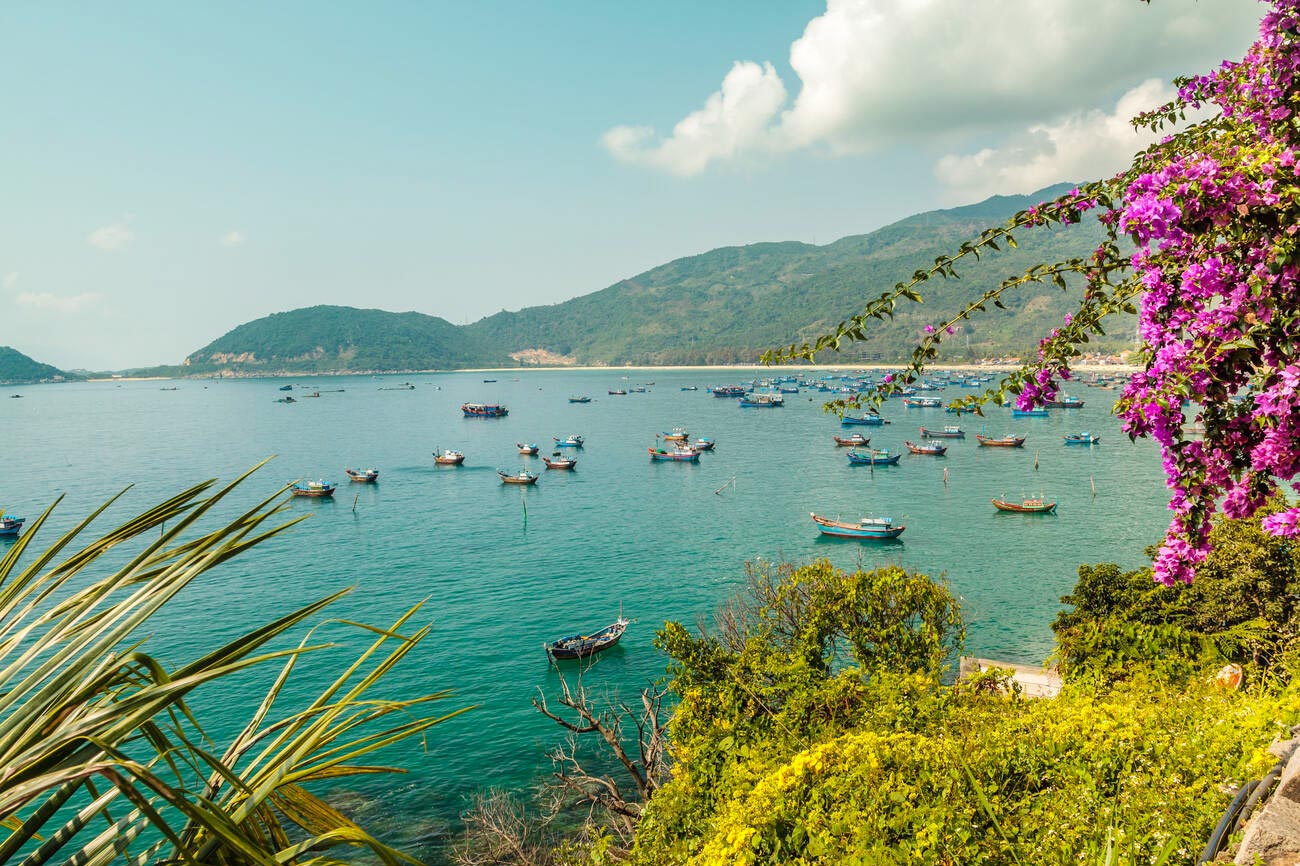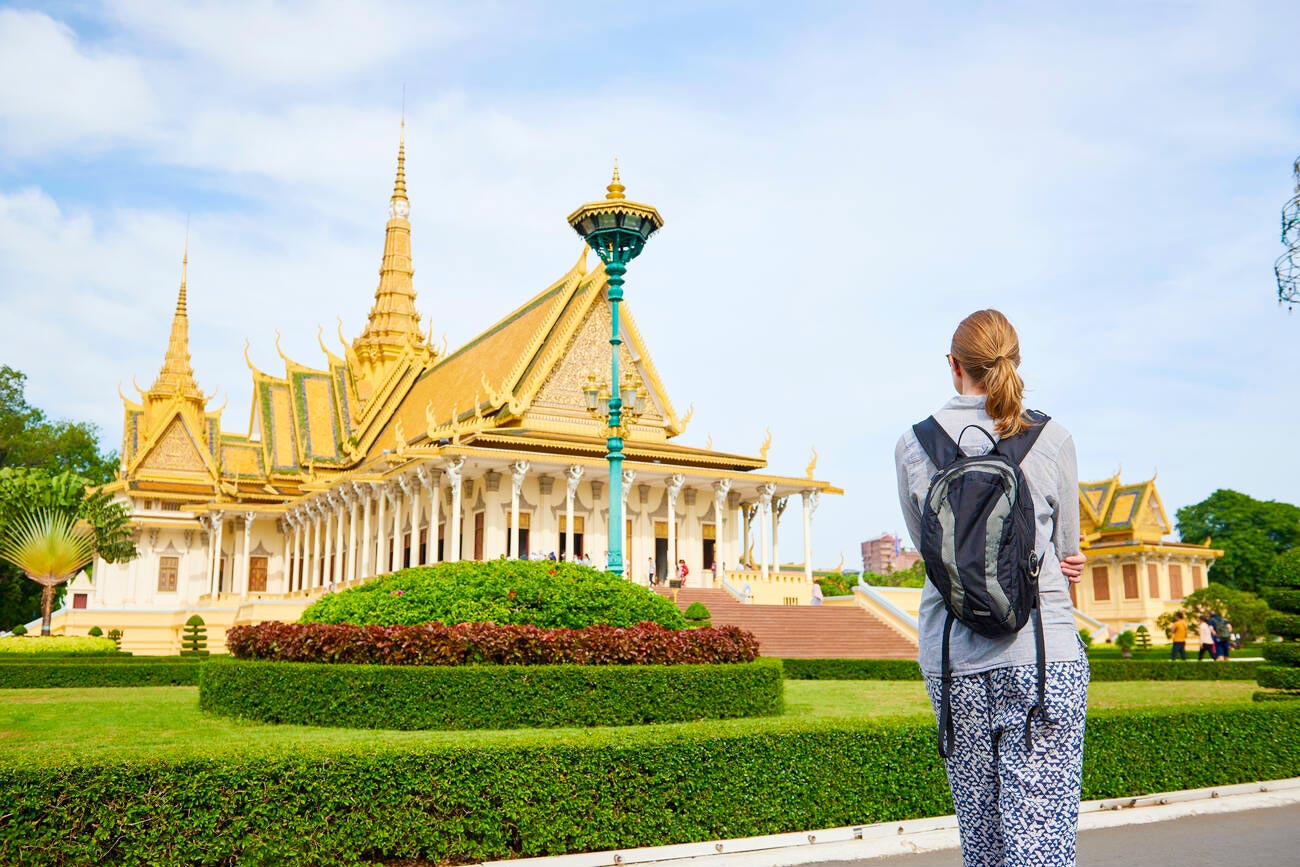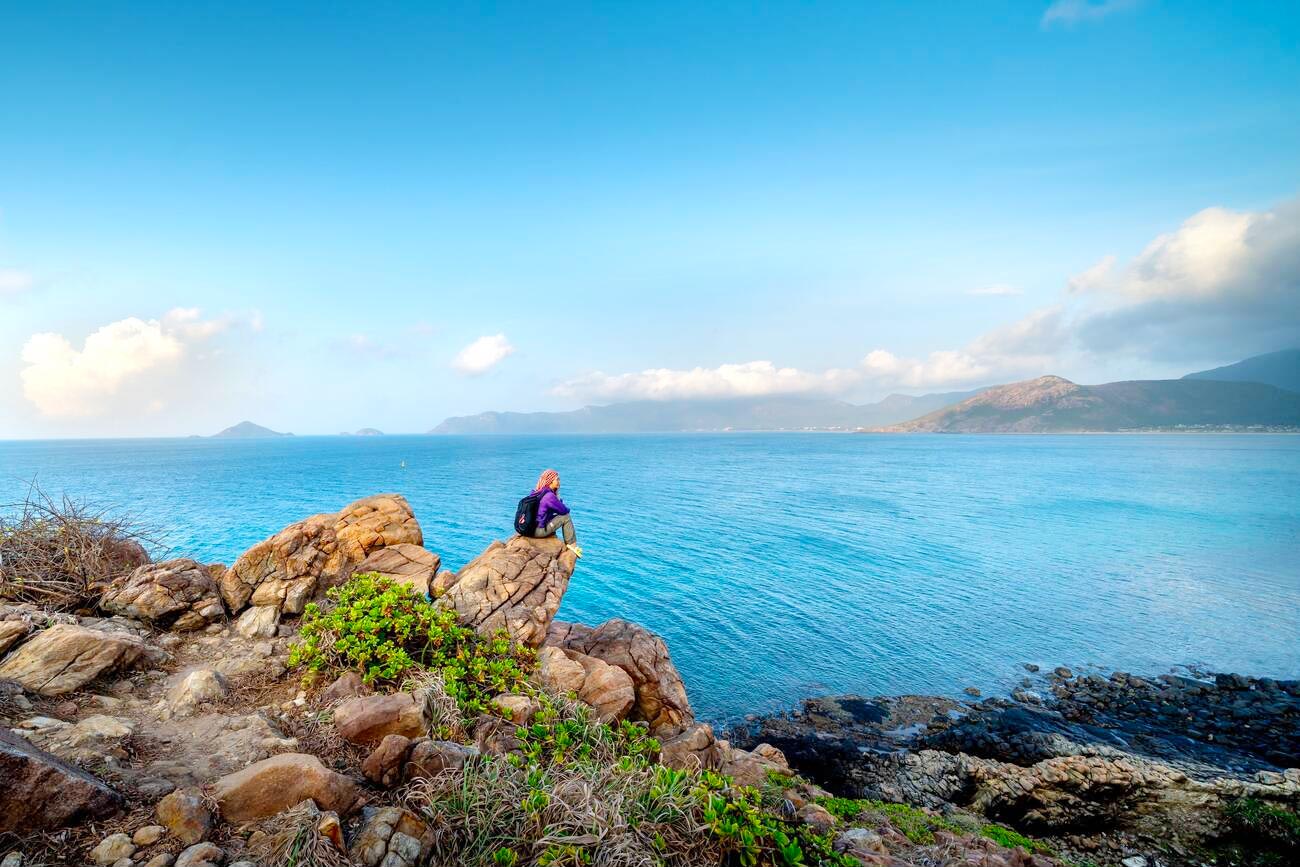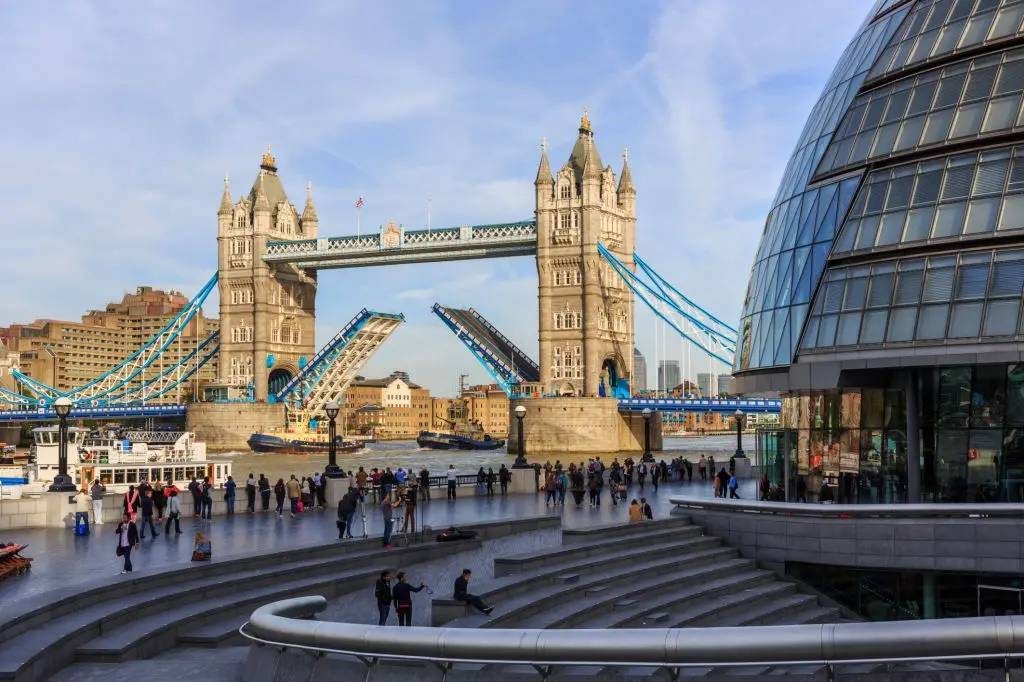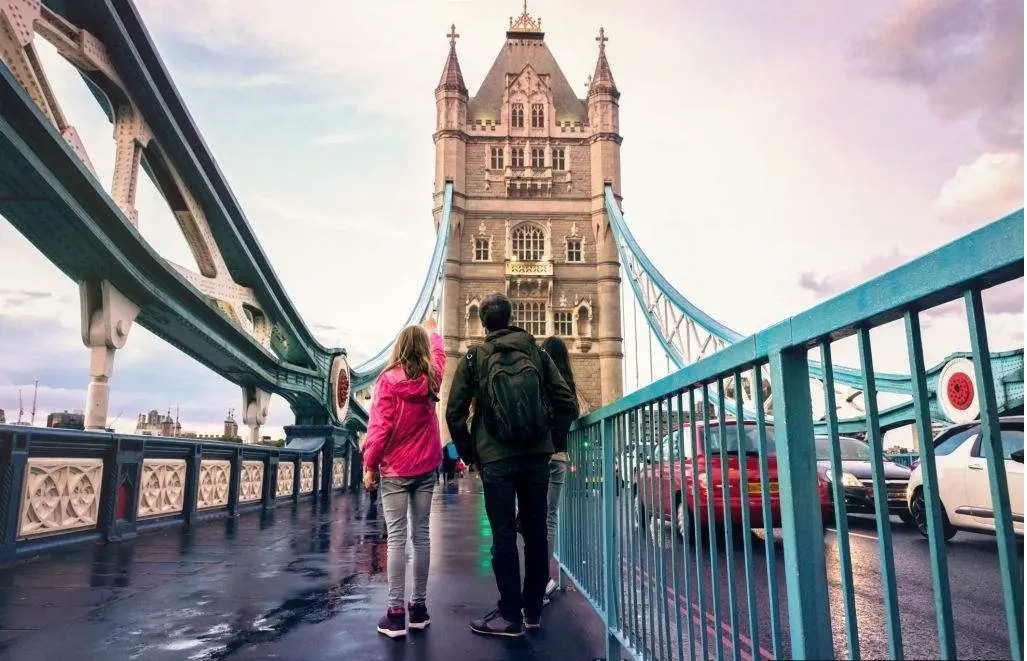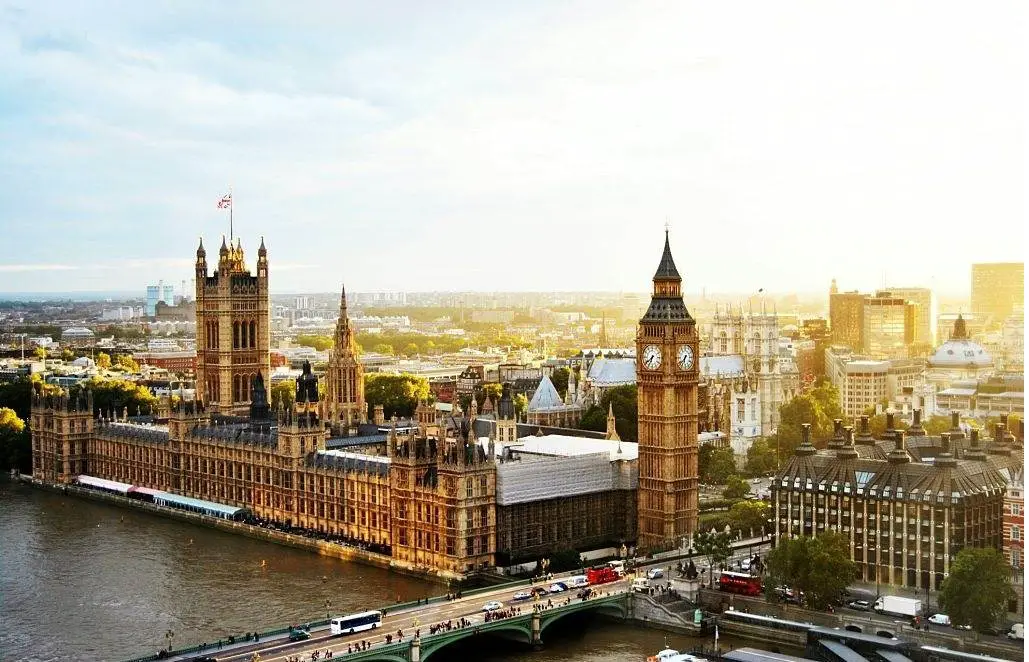Summary
- The Japanese Bridge in Hoi An is a historic landmark built in the late 16th century by the Japanese community.
- Its unique architecture blends Japanese and Vietnamese styles, featuring intricate carvings and elegant design.
- Extensive renovation and preservation efforts ensure the bridge remains structurally sound and aesthetically pleasing.
- The bridge symbolizes cultural convergence, serving as a key link between diverse communities in Hoi An.
- Visitors can enjoy the bridge's beauty, explore nearby attractions, and participate in local cultural experiences.
The Japanese Bridge is one of Vietnam's most iconic historical landmarks, captivating visitors with charm and architectural elegance. Nestled in the ancient town of Hoi An, this remarkable structure is a testament to the region's rich cultural tapestry.
It offers a picturesque spot for travelers seeking to immerse themselves in Vietnam's heritage. Whether you're an avid history enthusiast, an architecture lover, or simply searching for a serene place to explore, the Japanese Bridge promises an unforgettable experience.
History of the Japanese Covered Bridge, Vietnam
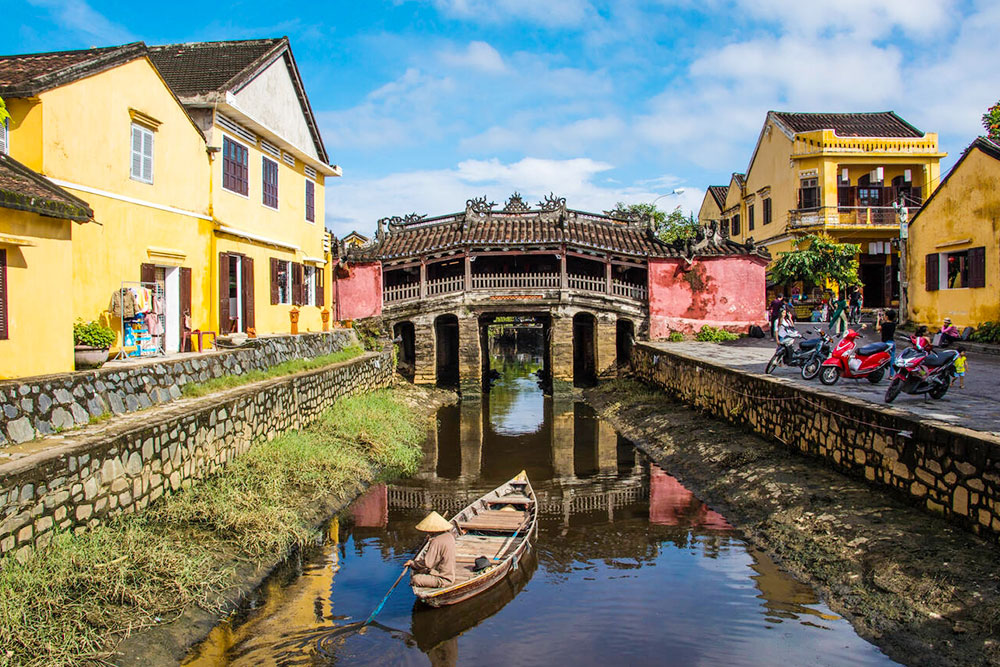
The origins of the Japanese Bridge trace back to the late 16th century, a period marked by significant cultural and economic exchanges between Japan and Vietnam. Built around 1590 by the Japanese community residing in Hoi An, the bridge was initially constructed to connect the Japanese merchant quarter with the Chinese district across the Thu Bon River. This connection facilitated trade and fostered a sense of community among the diverse inhabitants of the town.
Over the centuries, the bridge has witnessed numerous historical events, including colonial influences, wars, and the ebb and flow of tourism. Despite these challenges, the Japanese Bridge has endured, symbolizing resilience and the enduring bond between cultures. Its survival is a testament to the collaborative efforts of the local community and preservationists who recognized its significance early on.
Architecture of the Japanese Bridge
The Japanese Bridge is a marvel of traditional Japanese craftsmanship, seamlessly blending functionality with aesthetic appeal. Spanning approximately 17 meters in length and 4 meters in width, the bridge is constructed primarily from wood, adorned with intricate carvings and ornamental details reflecting Japanese and Vietnamese influences.
One of the most striking features of the bridge is its unique architectural style. Unlike typical Vietnamese structures, the bridge exhibits characteristics of Japanese design, such as the upturned eaves and decorative railings. These elements enhance its visual appeal and reflect the harmonious integration of different cultural motifs.
The bridge is flanked by two pavilions, each serving as a focal point for visitors. These pavilions provide sheltered areas for contemplation and offer panoramic views of the surrounding landscape, including the bustling riverside and the vibrant streets of Hoi An. The harmonious blend of natural and man-made elements creates a serene ambiance, making the Japanese Bridge a perfect spot for photography and strolls.
Renovation and Preservation of the Japanese Covered Bridge
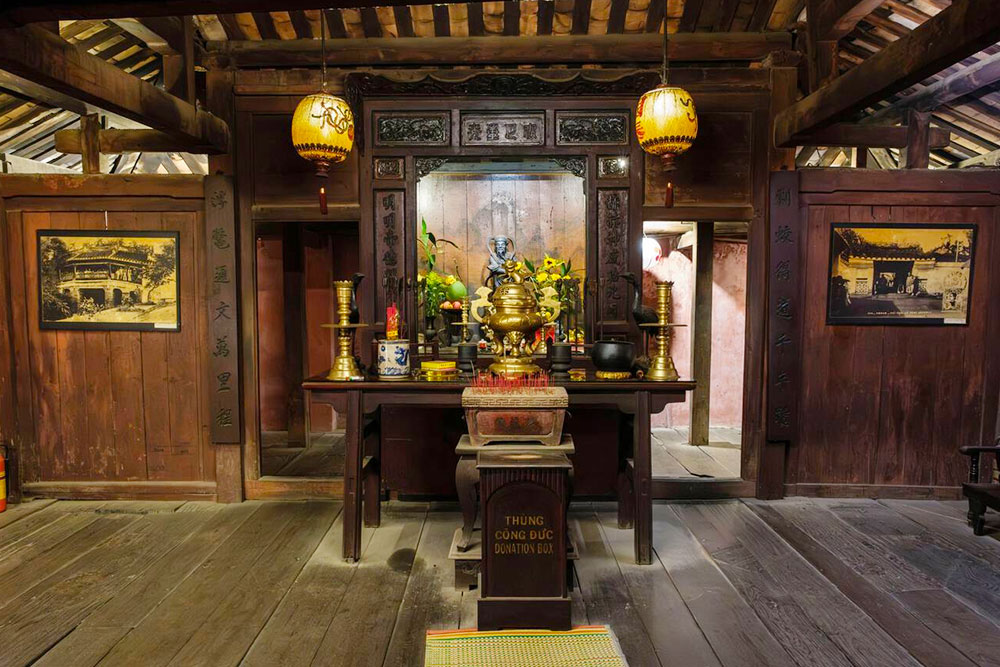
Preserving the Japanese Bridge has been a priority for local authorities and international preservationists. Recognizing its historical and cultural significance, extensive renovation efforts have been undertaken to restore and maintain the bridge's structural integrity and aesthetic beauty.
In the early 1990s, the bridge underwent significant restoration to address the wear and tear caused by weathering and increased foot traffic. This restoration project focused on replacing decayed wooden components with durable materials while preserving the original design elements. Modern techniques ensured the bridge could withstand future challenges without compromising its authenticity.
Ongoing maintenance efforts are essential to protect the Japanese Bridge from environmental factors such as flooding and humidity, which can accelerate deterioration. Local conservation groups collaborate with experts to monitor the bridge's condition, implement preventive measures, and conduct periodic restorations as needed. These collective efforts ensure that the Japanese Bridge remains a vibrant part of Hoi An's cultural landscape for generations.
Japanese Bridge Cultural Importance
The Japanese Bridge is more than just an architectural landmark; it symbolizes cultural convergence and community spirit. Serving as a physical link between different districts of Hoi An, the bridge embodies the town's multicultural heritage, where Japanese, Chinese, and Vietnamese influences coexist harmoniously.
Historically, the bridge facilitated trade and social interactions among diverse communities. It was where merchants exchanged goods, ideas, and traditions, fostering a vibrant and dynamic society. Today, the bridge plays a pivotal role in the cultural life of Hoi An, hosting various local events and festivals that celebrate the town's rich heritage.
Moreover, the Japanese Bridge has become a local pride and identity source. It is frequently featured in cultural representations, including artwork, literature, and tourism promotions, highlighting its significance as a cherished landmark. The bridge's enduring presence serves as a reminder of Hoi An's historical narrative and the enduring connections that have shaped its unique character.
Visiting the Bridge: Recommendations for Tourists
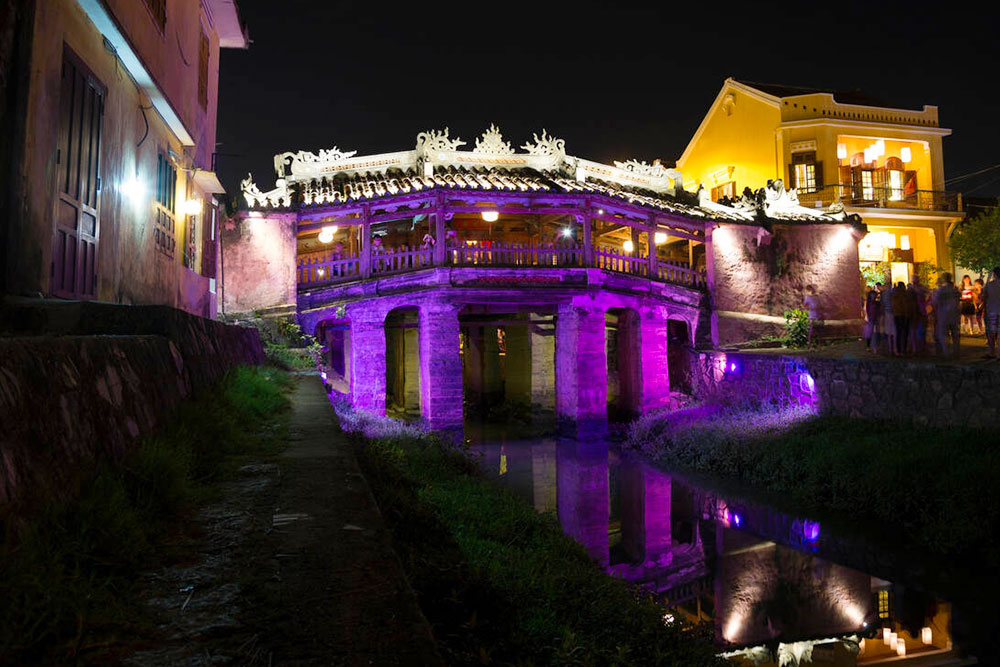
Planning a visit to the Japanese Bridge in Hoi An offers a blend of historical exploration and leisurely enjoyment. To make the most of your trip, consider the following recommendations:
Best Time to Visit: The optimal time to visit the Japanese Bridge is during the dry season, typically from February to April. The weather is pleasant during these months, with mild temperatures and minimal rainfall, making it ideal for walking tours and photography. Additionally, visiting early in the morning or late in the afternoon allows you to experience the bridge with fewer crowds and enjoy the soft lighting that enhances its architectural details. Check out this guide on the least favorable times to travel to Vietnam and tips to avoid typical travel mistakes!
Nearby Attractions: Hoi An is renowned for its well-preserved ancient town, and the Japanese Bridge is centrally located among several must-see attractions. Nearby, you can explore the Phuc Kien Assembly Hall, a stunning example of Chinese architecture, and the vibrant Hoi An Market, where you can experience local flavors and crafts. The Thu Bon River, which the bridge spans, offers scenic boat tours that provide a different perspective of the town's beauty.
Another notable nearby attraction is the Tan Ky Old House, an exquisite example of traditional Vietnamese architecture that dates back to the 18th century. For those interested in culinary experiences, Hoi An is famous for its diverse food offerings, including the renowned Cao Lau noodles and fresh seafood delicacies available at local restaurants and street vendors.
Cultural Experiences: Engaging in local cultural experiences can enrich your visit to the Japanese Bridge. Participate in a traditional lantern-making workshop to create your lantern and learn about its significance in Hoi An's festivals. Additionally, attending a cultural performance or a cooking class can provide deeper insights into the region's customs and traditions.
Photography Tips: The Japanese Bridge is a photographer's paradise, offering numerous opportunities to capture its intricate details and the surrounding landscape. To achieve the best shots, consider visiting during sunrise or sunset when the lighting accentuates the bridge's features and casts a warm glow over the area. A tripod can help stabilize your camera for long-exposure shots, especially when capturing reflections on the river's surface.
Accessibility: The bridge is easily accessible by foot from most parts of Hoi An's ancient town. For those staying outside the town center, bicycles and motorbikes are convenient modes of transportation. Additionally, guided tours provide informative narratives about the bridge's history and significance, enhancing your overall experience.
Japanese Bridge in Hoi An: A Cultural Symbol of the Ancient Town
The Japanese Bridge in Hoi An is a cultural symbol that encapsulates the essence of the ancient town's identity. Its presence is a testament to the town's historical openness to different cultures and its ability to preserve its heritage amidst modernization.
As a cultural symbol, the bridge attracts tourists and locals who see it as a link to their past. It serves as a gathering place for community events and celebrations, reinforcing the bridge's role as a living part of Hoi An's cultural fabric. The bridge's image is often used in promotional materials, souvenirs, and local art, further cementing its status as an emblem of Hoi An's enduring charm.
Integrating the Japanese Bridge into Hoi An's cultural narrative highlights the town's unique blend of influences, making it a compelling destination for those interested in exploring the intersections of history, culture, and architecture. Visitors to the bridge can appreciate its beauty while gaining a deeper understanding of the forces that have shaped Hoi An into the vibrant and picturesque town it is today.
Conclusion
The Japanese Bridge in Hoi An, Vietnam, is more than just a historical structure; it symbolizes cultural harmony, architectural brilliance, and enduring legacy. Its rich history and unique design offer a glimpse into the past, while ongoing preservation efforts ensure that it remains a vibrant part of the community.
For travelers seeking to explore Vietnam's heritage, the Japanese Bridge is an essential destination that promises educational insights and unforgettable experiences. Whether marveling at its intricate craftsmanship, reflecting on its historical significance, or simply enjoying the serene surroundings, the Japanese Bridge invites you to connect with the heart of Hoi An's timeless beauty.
Secure your spot on our customized tours to Vietnamtoday to enhance your adventure. Opting for our offerings lets you uncover the nation's stunning vistas, dynamic cultural legacy, and notable attractions, building lasting memories for years.

